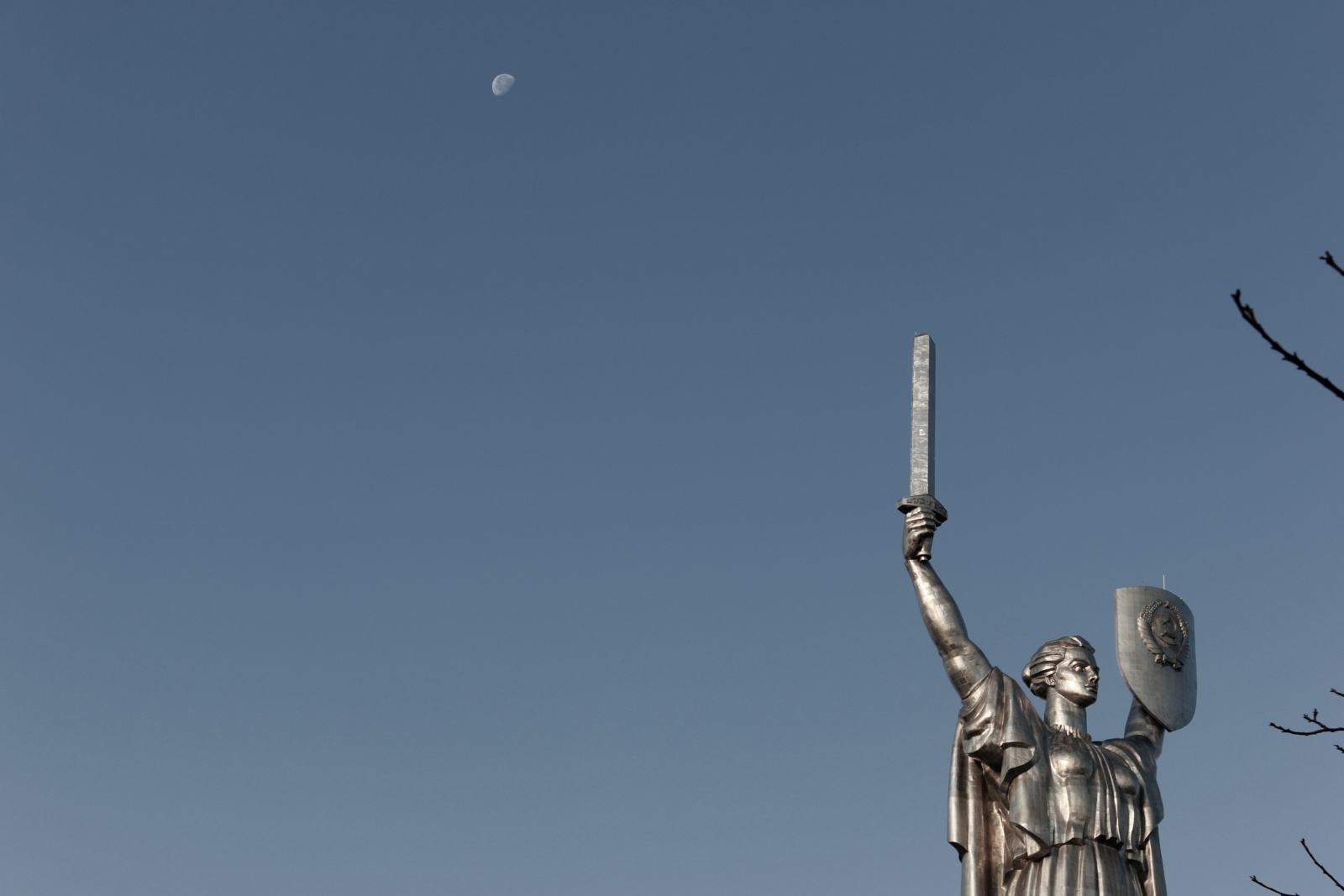Reflections on Victory

As we celebrate 75 years since victory was declared over the Nazis, it is interesting to reflect on the way that World War II shaped opinion for years afterwards. To this day, nations hold it up as an example of hatred and hostility, a terrible precedent to be avoided at all costs.
With the end of World War II came the realisation of the human atrocities and civil deaths (estimated at 38-55 million). Millions of civilians had been made homeless, injured, or killed, and there were over 6 million displaced persons across Europe. In the face of such a large societal challenge, humanitarian aid was required on a massive scale. To some extent, the civil losses outweighed the military ones. Everyone understood that resolving this conflict would be a monstrous task.
The failed Paris peace conference after the end of World War I served as an example of an ineffective ending to a war: this time round, they tried to do things better. There were legal repercussions for anyone who collaborated with the Nazis; meanwhile, the infamous Nuremberg trials took a year to conduct. There was (understandably) a wave of hatred towards anyone connected with fascism or Nazism. Peace in Europe also brought the Geneva Conventions — possibly the most-violated conventions of the 20th century. Battles were still fought after May 9th (while some German units had surrendered as early as 1943). If we understand “end” to mean a return to normal life, then the war did not end on that date. Even in 1987, crowds gathered to mourn the death of Hitler’s deputy, Rudolf Hess. Ending a war is far more than returning to outwardly normal life: the true end comes when the mental hostilities are eradicated, and parades are no longer held to imply that “we can do it again”.
The hostilities between some Russians and Ukrainians are still based on this “we can do it again” mentality. The fact that Hitler promised autonomy to western parts of Ukraine, under Germany’s protection, is often used as a propaganda tool by various media outlets. Indeed, Ukraine — and not only its western regions — did seek ways to break free from the Soviet Union. Hitler’s promise didn’t seem like too bad a deal to most, and the Germans were welcomed warmly. Moreover, when departing from Lviv and other cities, the Soviets massacred 9 000 prisoners. This all helped to paint the German war machine as an angel descending from heaven to rescue Ukraine from hell. That spirit was short-lived, however, as the mass murders continued — under the Nazis this time — and many were sent off for slave labour in the German Reich.
By the end of the war, 4.5 million Ukrainians were members of the Red Army and over 250 000 were serving in Soviet partisan units. These numbers dwarf the 80 000 who were part of the SS division Halychyna (most of whom actually joined to fight against the Soviets rather than support the Nazis). More importantly, Voroshilov — one of the five original Soviet marshals, who is buried right under the Kremlin wall — was Ukrainian.
All this just goes to show that Ukraine, perhaps more than most countries, was forced onto a historical rollercoaster during World War II. The reality is always far more complex than the propaganda would have us believe.











